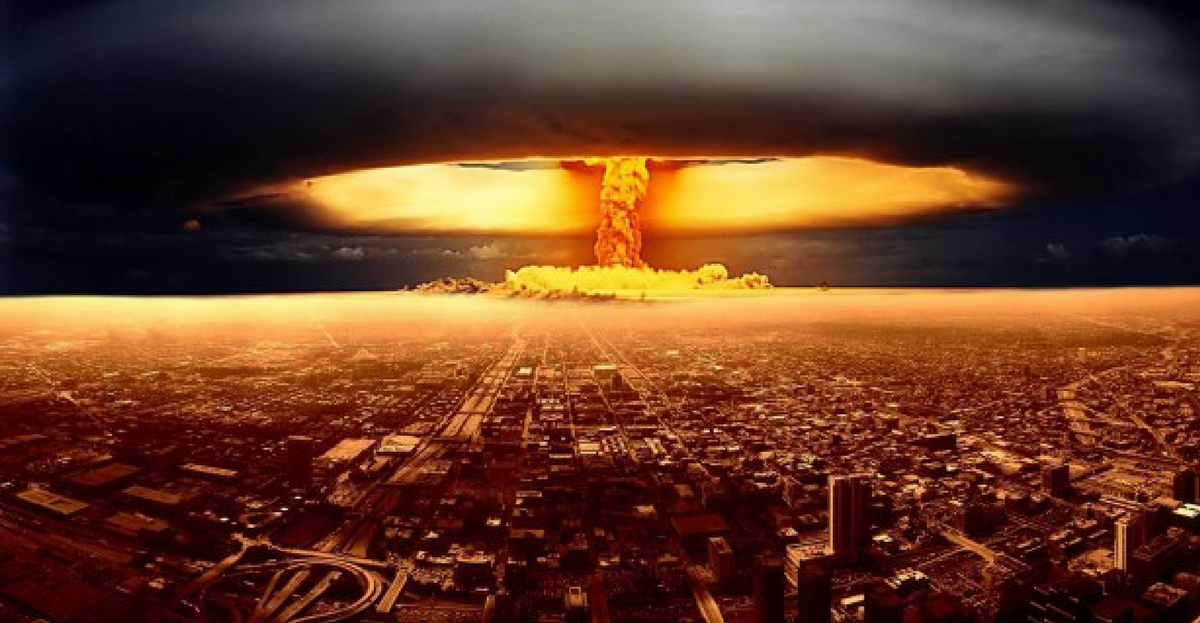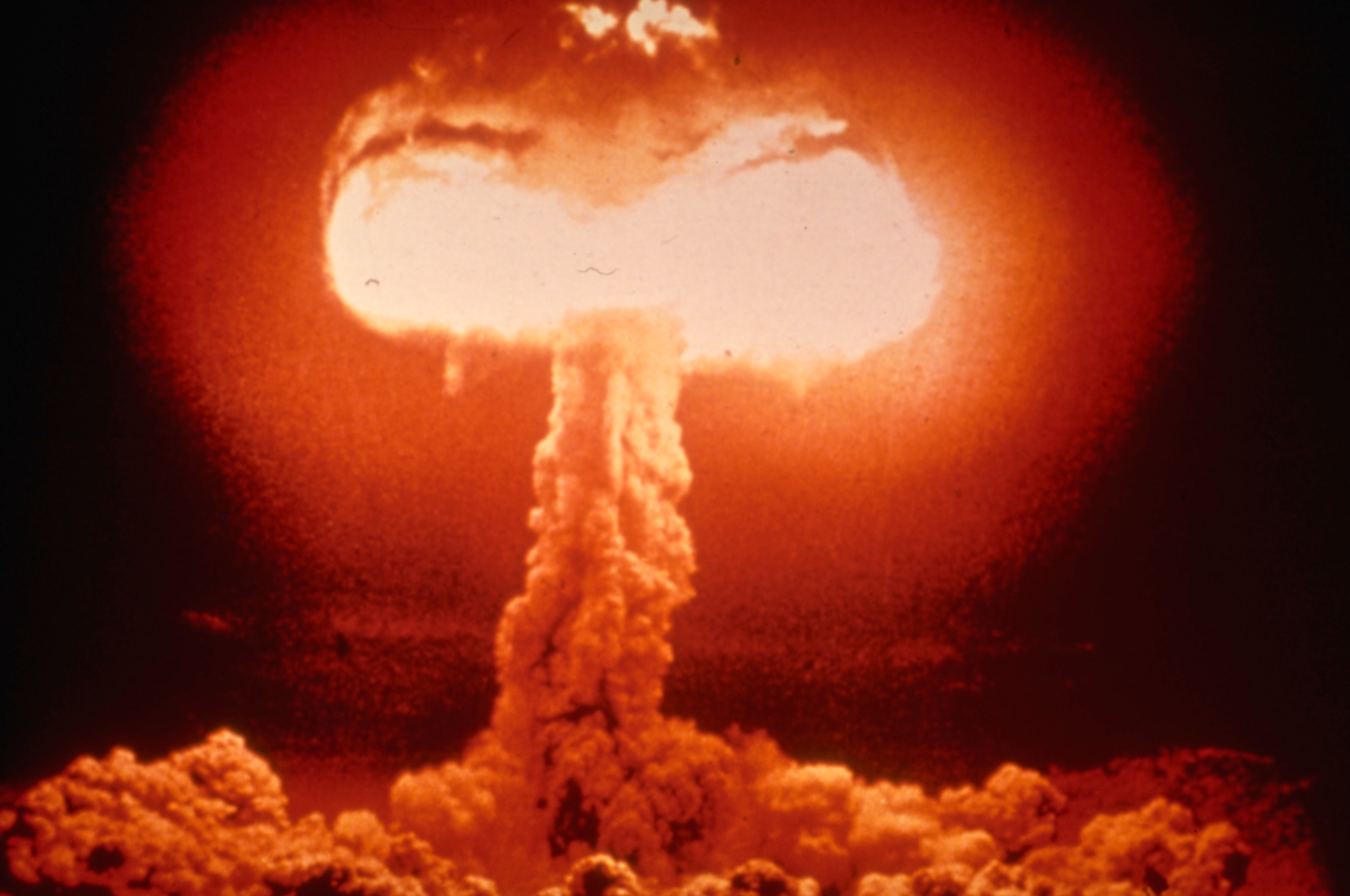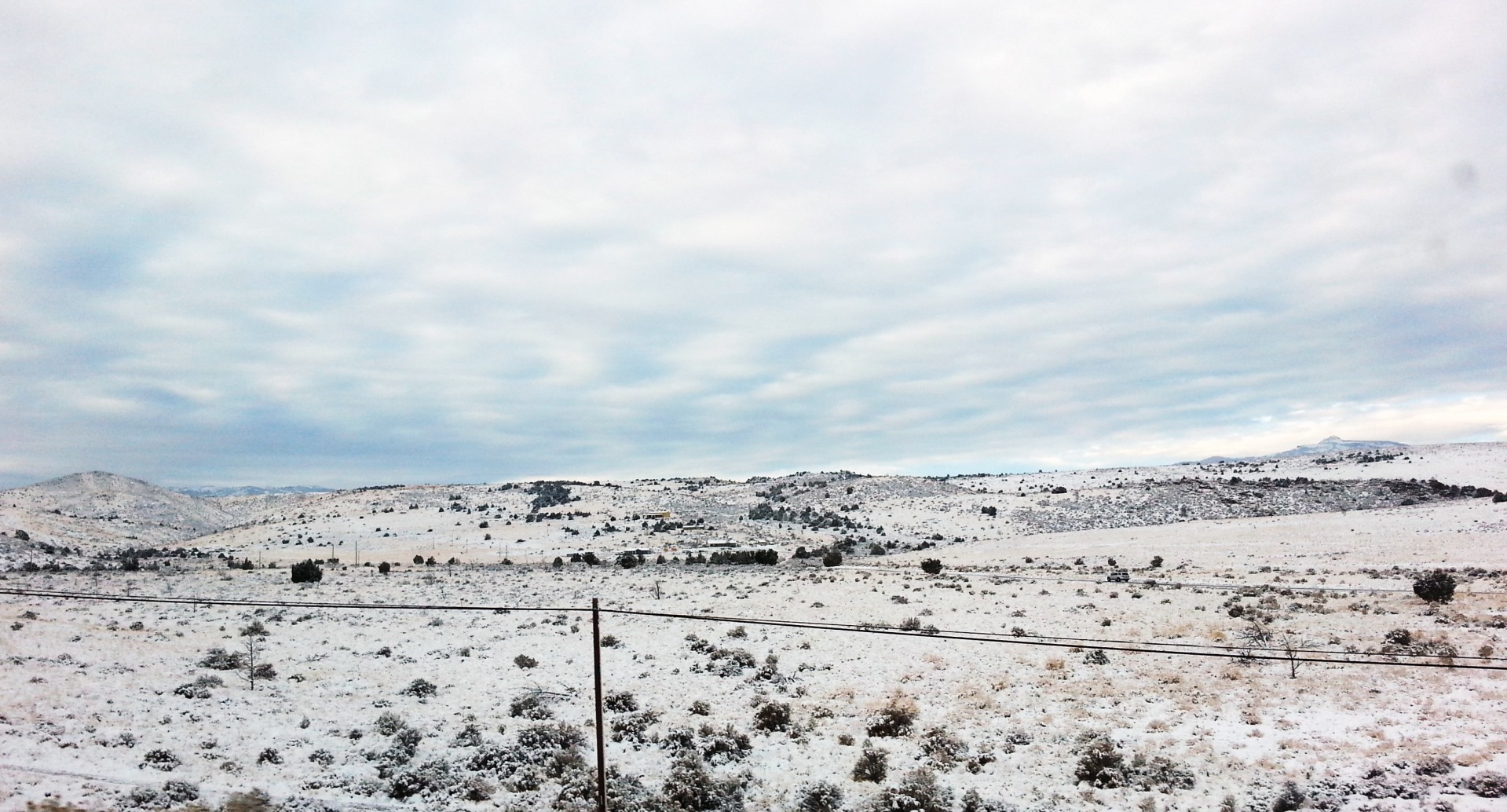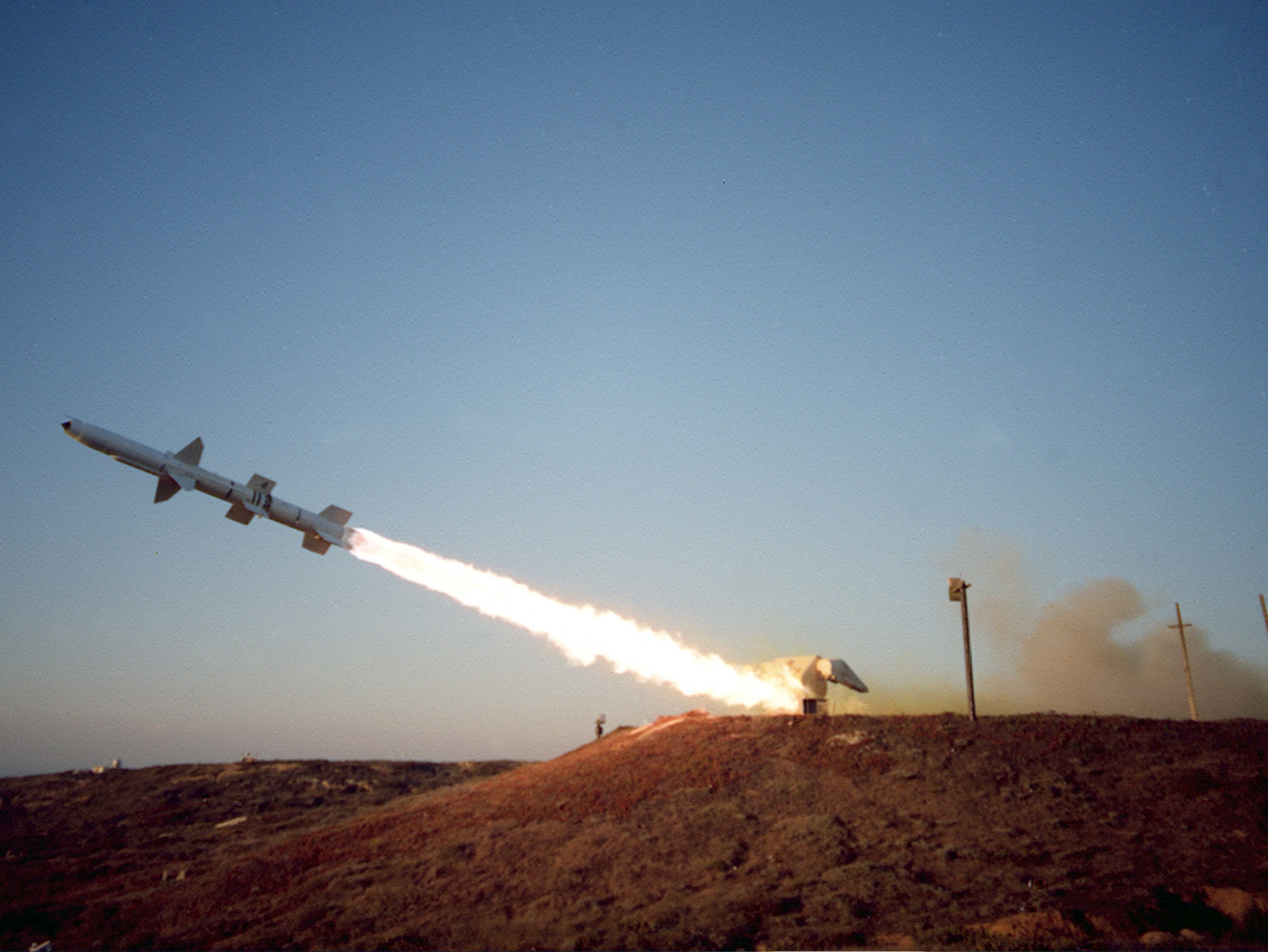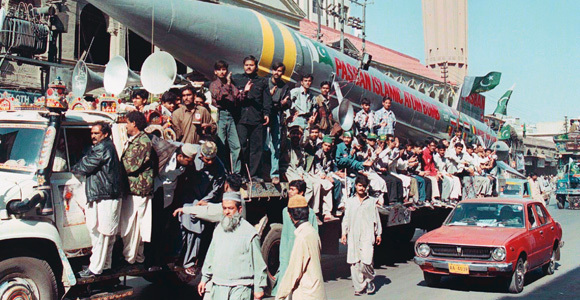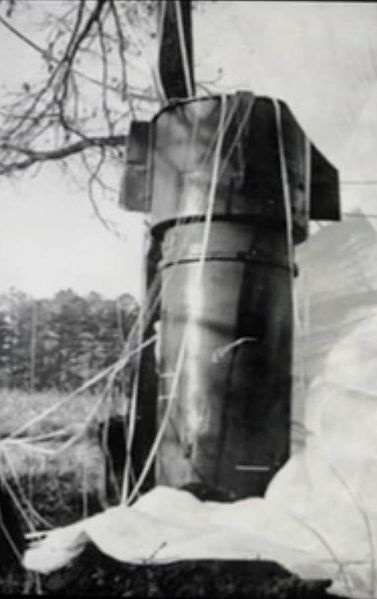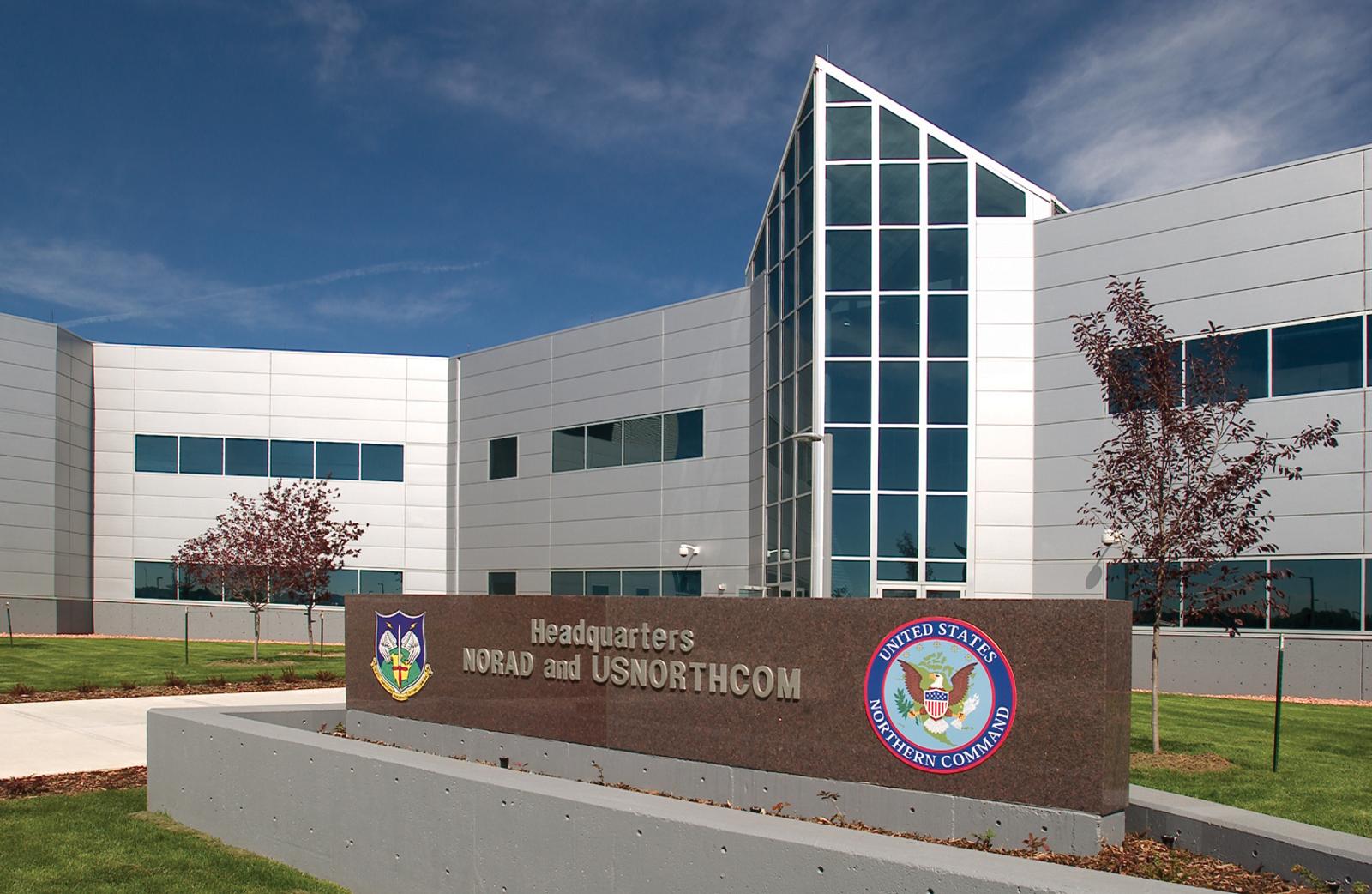With growing concerns about a potential nuclear war making waves in recent news reports, many people are wondering just how bad it could be.
The answer? Bad. Really bad.
According to a recent Maclean's article, if North Korea's Kim Jong-Un launches a missile, it would take just 40 minutes to reach Manhattan and the death toll could reach the hundreds of thousands.
If that doesn't keep you up at night, these seven other facts certainly will:
7. The average regular sized nuclear weapon that detonated over a city would burn away 40-65 square miles in the blink of an eye.
No one in an area of about 40-65 square miles of a blast would survive.
6. A widespread nuclear war would send 150 million tons of smoke into Earth's atmosphere, creating a nuclear winter colder than the Ice Age.
It would very quickly block 70 % of sunlight from reaching the Northern Hemisphere and 35% of sunlight from reaching the Southern Hemisphere.
Growing seasons would be completely eliminated for more than a decade and cause most humans and large animal populations to die of starvation.
5. A launch code that would have sent Hundreds of U.S. nuclear missile into the air was set to 00000000.
Secretary of Defense, Robert McNamara, ordered the military to install an extra set of numbers, which only a higher authority could use to turn the system on and arm the nukes.
Until 1977, this very important code that was meant to prevent the accidental or unauthorized launch of U.S. nuclear weapons was set to 00000000.
Do you know how many nuclear missiles it takes to destroy every living thing?
Ever since the United States detonated the world's first nuclear weapons explosion on July 16, 1945, nuclear war has been a very real threat.
In a report published by Arms Control Association, as of 2017, Russia and the US hold about 88% of the world's stockpiled nukes. Together, they have about 13,800 nukes.
It is estimated that Pakistan, India, Israel and North Korea have a total of 340 nuclear weapons between them.
4. There are at least 16,000 nuclear missiles known in the world, but all we really need are 10.
According to a 'classified government declaration' from Los Alamos, the actual number of atomic bombs needed for mass extinction is 10.
The other 15,990 are really only dangerous because they're not being properly maintained.
3. Pakistan drives its nuclear missiles around in unmarked vans
Believing that their nuclear arsenal isn't secure enough in one protected location, the Pakistani military's Strategic Plans Division decided it would be a good idea to cart their nukes around in civilian-style vehicles.
According to an explosive story written by Marc Ambinder and Jeffrey Goldberg for The Atlantic, the vehicles are "without noticeable defenses (and) in the regular flow of traffic."
2. The U.S. almost nuked itself - more than once.
In 1961 a plane carrying two hydrogen bombs broke apart over North Carolina. Each of those bombs held more power than the ones that destroyed Hiroshima and Nagasaki at the end of WWII.
The violent impact caused the bombs' triggers to deploy. Out of 6 fail-safe interlocks, five went off in their proper sequence, only one switch "failed."
The literal failure of two wires to cross prevented a devastating nuclear explosion like no civilian population has ever seen.
One study by a U.S. nuclear weapon laboratory reports that over 1,200 nuclear weapons were involved in accidents from 1950 to 1968. The "accidents" include security breaches, lost weapons, failed safety mechanisms or accidents resulting from weapons being dropped or crushed in lifts, etc.
1. A defective computer chip nearly started World War III
At two-thirty in the morning on June 3, 1980, the computers at the National Military Command Center issued an urgent warning: the Soviet Union had just launched a nuclear attack on the United States.
The first reading informed national-security adviser, Zbigniew Brzezinski, that 220 missiles had been launched from Soviet submarines.
The second reading confirmed 2200. It seemed like the end of days was here.
But then, just before Brzezinski was about to recommend an American counterattack, General William Odom called to inform him that it was a false alarm.
A defective computer chip (that cost 46 cents) had bungled up a communications device at the North American Air Defense Command (NORAD) headquarters and created an false warning.
[h/t The Richest / Cracked / Citizens for Global Solutions]
